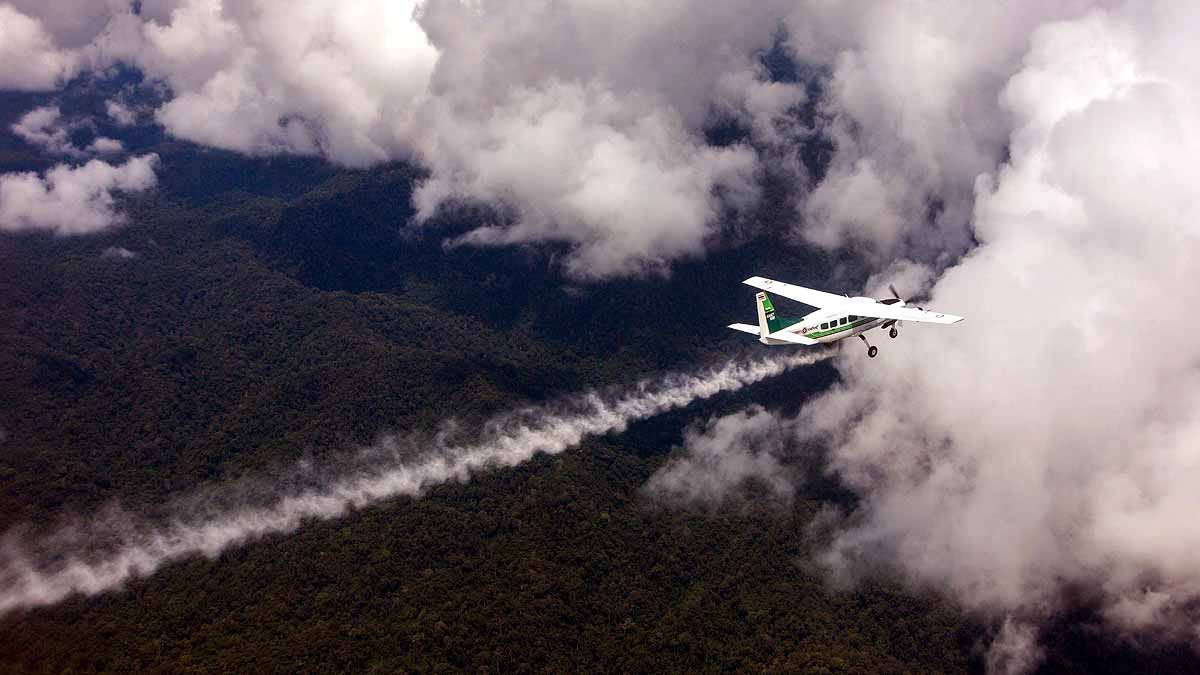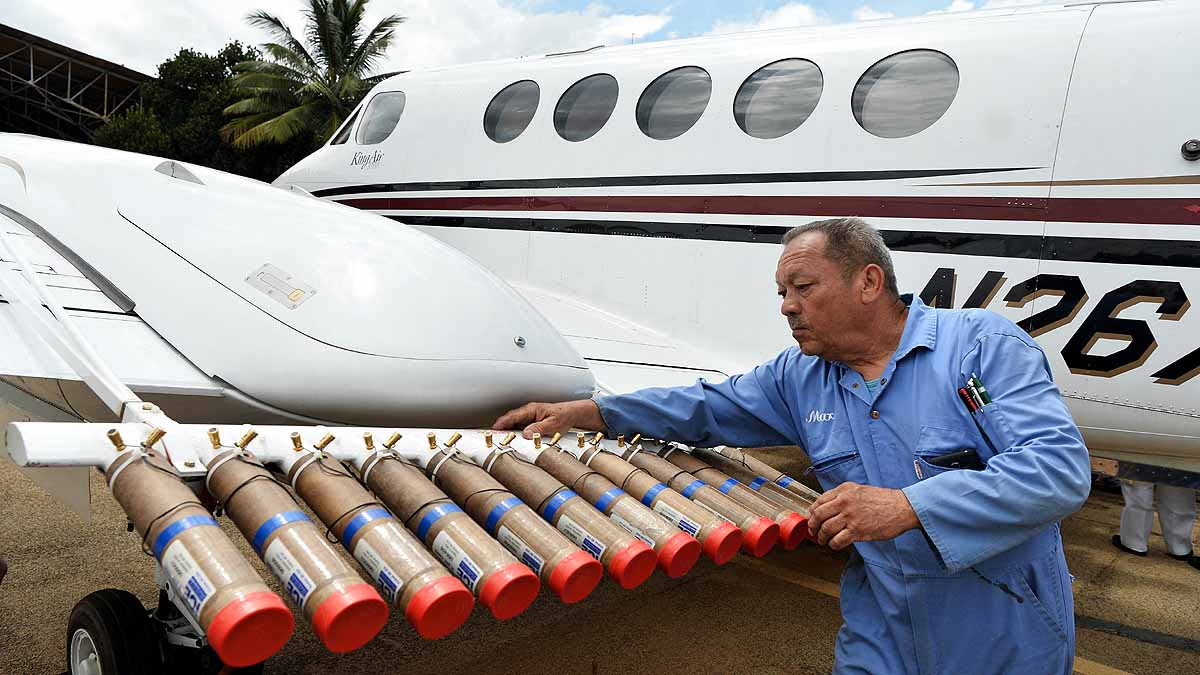Cloud seeding is a pioneering scientific method that creates artificial rain by dispersing chemicals into clouds. It helps address drought, pollution, or water shortages. Cities like Delhi in India use it to purify the air. Here is the complete guide in 10 simple points to answer every question...
Imagine seeding the clouds as sowing seeds—only this time it's with airplanes or machines releasing tiny particles that form water droplets or ice crystals, hastening rainfall. This methodology safely manipulates weather patterns.
Also Read: Aircraft to Carry 8-10 Chemical Packets, Triggered for Blast... How Delhi Plans Artificial Rain
In India, drought, floods, and pollution pose significant issues. Smog in Delhi during winters worsens respiratory diseases. By using cloud seeding, artificial rain can wash away pollutants. The Delhi government intends to pilot this in 2025 for the first time.

Source: aajtak
The expenditure varies by location, method, and scale. Smaller projects might cost between 1.25 million to 4.1 million rupees. Larger projects could cost 80-120 million rupees annually, akin to benefits in the US which tally up to $20-40 million.
Delhi's cloud seeding trials in 2025 have been allocated a budget of 32.1 million rupees for five trials. Each trial costs between 5.5 to 15 million rupees, with an additional setup cost of 6.6 million rupees. Relief for 5-6 days covering 100 square kilometers is anticipated, costing 1 lakh rupees per kilometer.
Also Read: Delhi: How Artificial Rain Differs from Natural Precipitation... What if It Goes Wrong?
Two core techniques exist: 'Static Seeding'—creating ice crystals in cold clouds, and 'Hygroscopic Seeding'—using salt to form large droplets in warm clouds. In India, chemicals are dispersed using planes, rockets, or ground machines. A 90-minute flight suffices for Delhi trials.

Source: aajtak
While clouds carry moisture, droplets don't always form naturally. This technology enhances droplet formation by introducing particles. Cold clouds generate ice that melts into rain, while warm clouds absorb moisture through salt, forming heavy droplets with a success range of 10-30%.
The most common chemical is silver iodide (AgI), which forms ice crystals. Others include potassium iodide, dry ice (solid carbon dioxide), and liquid propane—safe for the environment but toxic in large amounts, dispersed via aircraft.
In India, sodium chloride, silver iodide, and calcium chloride are utilized. CAIPEEX uses hygroscopic flares (calcium chloride and magnesium). Delhi employs salt or silver iodide for aerial rain inducement, testing rockets and drones.

Source: aajtak
Cloud seeding aids in saving crops during drought, reducing pollution, and assisting in flood control. In cities like Delhi, it enhances air quality and proves cost-effective over time, providing immense returns. Scientists argue it's a tactical asset against climate change.
Chemicals can impact the environment, potentially affecting fish and soil. Health risks include allergic reactions to silver iodide. Precautionary measures necessitate minimal usage and monitoring, managed by Indian institutes like IIT Kanpur. Success isn't assured, but optimism persists for this eco-friendly innovation.




